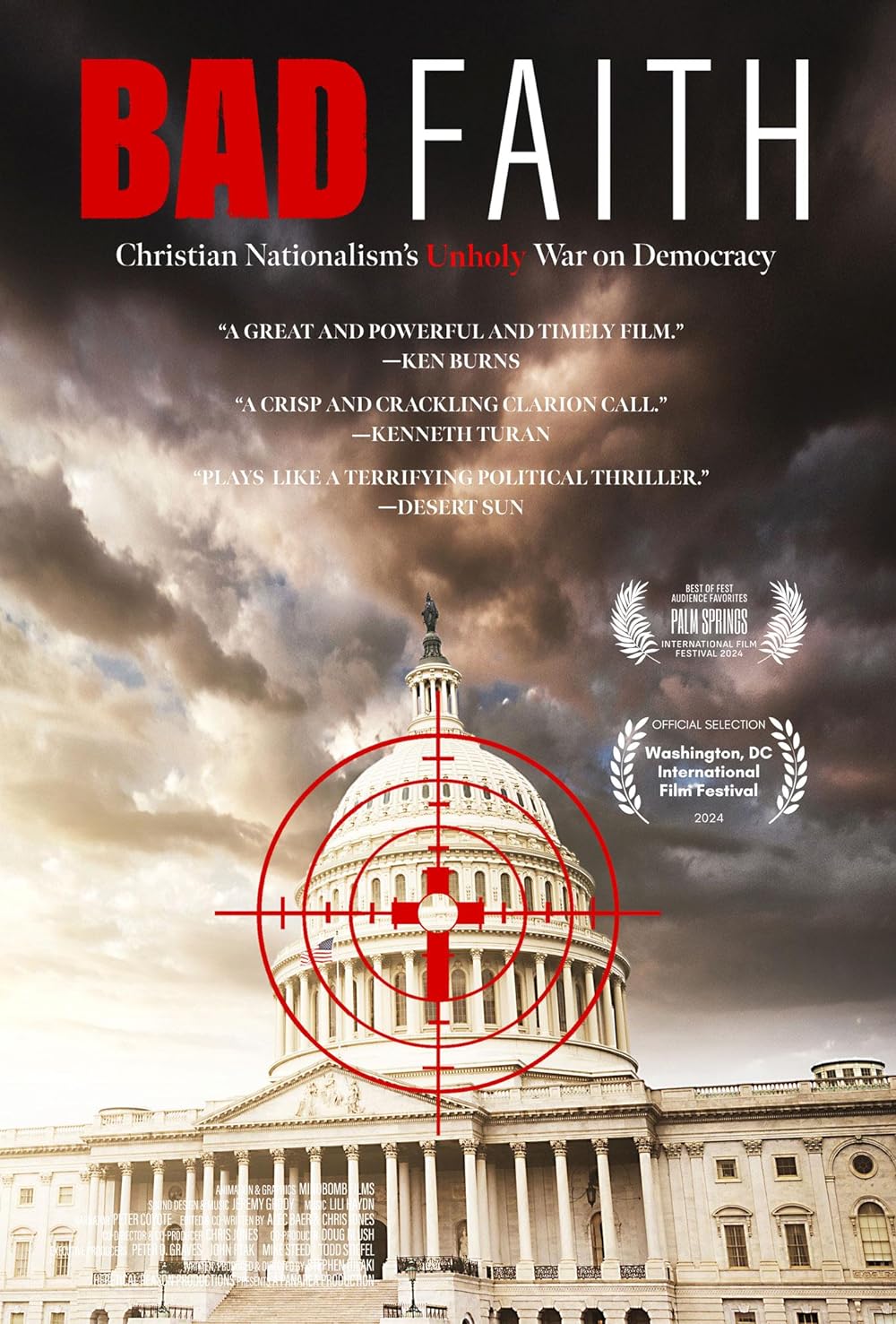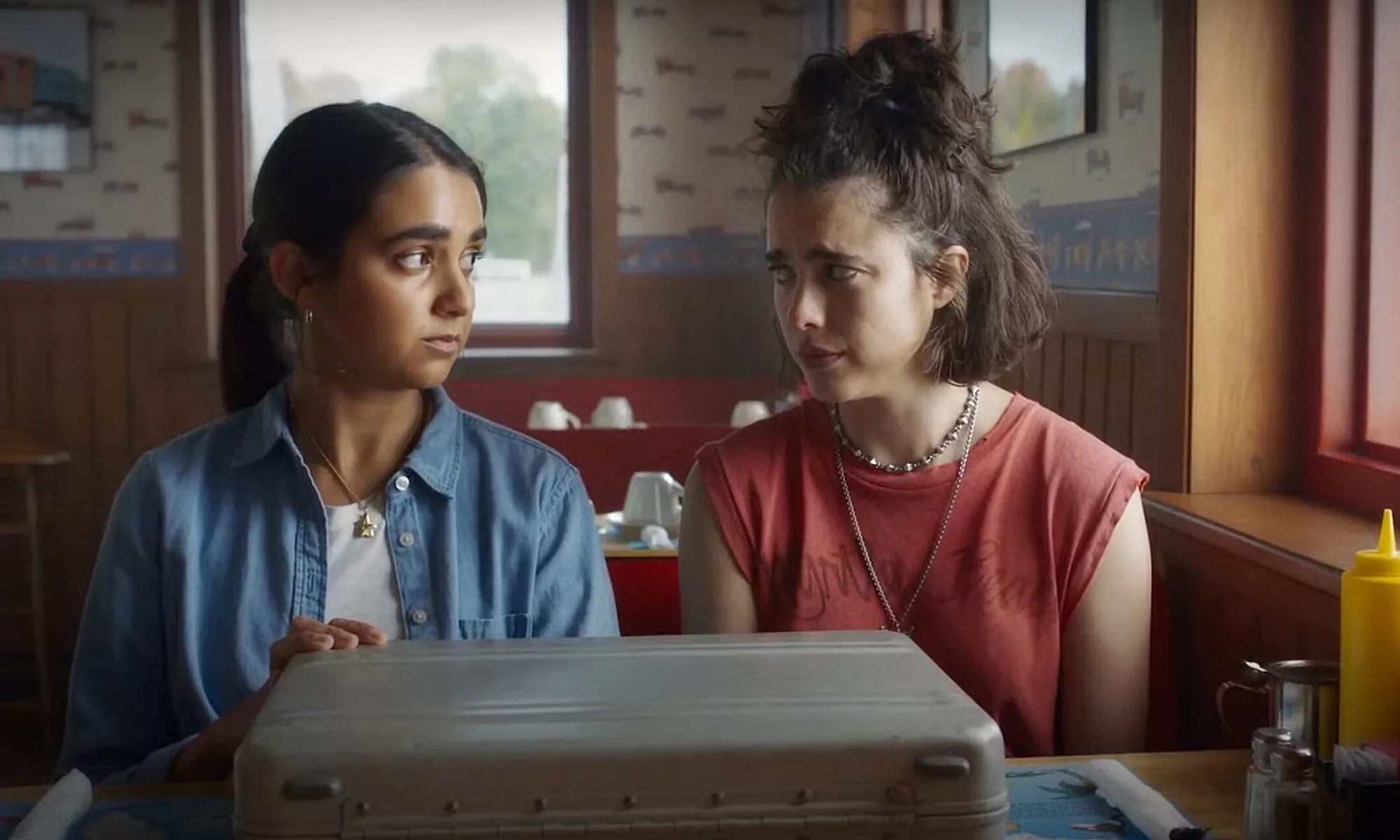The Matrix Revolutions
Posted on November 4, 2003 at 11:40 am
C| Lowest Recommended Age: | Mature High Schooler |
| Profanity: | Frequent swearing |
| Nudity/ Sex: | Very brief nudity, kinky nightclub scene |
| Alcohol/ Drugs: | None |
| Violence/ Scariness: | Extreme peril and violence, characters killed, some gross effects |
| Diversity Issues: | Very strong minority and female characters |
| Date Released to Theaters: | 2003 |
Please someone, get me the blue pill. I want to forget that this ambitious and noteworthy series is ending so weakly.
The Matrix: Reloaded ended with the rebel forces of Zion preparing for the imminent invasion of the machines. Whatever script problems it had were more than made up for by the spectacular action sequences and the promise of a third chapter that would bring everything together. But that promise has been broken. “Revolutions” has the weakest script of the three, with pretentious dialogue that provoked laughter from the audience and a muddled structure that removes a lot of narrative tension. Worst of all, it has nothing to compare to the innovative “bullet time” effects of the first film or the sensational highway chase scene and combat between Neo and dozens of Smiths of the second. Instead of taking us to the next level, it all seems like a tired rehash.
There are two basic storylines. First, Niobe (Jada Pinkett Smith) has to pilot a ship through some very tricky thing while guys in huge robot things fight off zillions of cool flying octopus-like machines. Second, Neo (Keanu Reeves) and Trinity (Carrie-Anne Moss), on another ship, are heading straight for city occupied by the machines for a Dorothy-and-the-wizard-in-Emerald City-style confrontation.
There is a brief encounter with the Frenchman and Persephone (the still unimpressive Monica Belluci) in a nightclub that appears to be occupied with writhing bondage and discipline freaks. Neo visits the Oracle in her cozy kitchen (now played by Mary Alice, replacing the late Gloria Foster) and has a strange conversation about love and karma in an antiseptic train station.
The dialogue thuds, a mishmash of barked orders and cardboard heroics. But some of the performers manage to inject some life and dignity. Jada Pinkett Smith is the Matrix’s Han Solo, a charming rogue who can pilot a ship better than anyone else. Nona Gaye (Zee) makes her brief time onscreen memorable as a woman who overcomes her fear to give everything she has to the revolution. Though Mary Alice does her best, she cannot replace Foster, whose Oracle was the anchor of the other two movies. Hugo Weaving remains superb as Agent Smith. But it takes too long to get to the big final confrontation between Neo and Smith and the fight is not worth the wait.
The scariest moment in the movie was when it intimated that there might yet be another episode.
Parents should know that as with the first two films there is a great deal of battle violence. Characters are wounded and killed and there are some grisly graphic images. Characters swear a lot, mostly the s-word. There is brief nudity in a kinky nightclub scene.
Families who see this movie should talk about the source of the character names, a veritable encyclopedia of mythological references. What do the discussions of balance and choice mean? Of love and karma? Who is the Oracle? Who is the Architect? What is the train? What do you think of Neo’s answer to the question, “Why keep fighting?” What does it mean to “balance the euqation?”
Families who enjoy this movie will also enjoy the first two in the series as well as Blade Runner.






